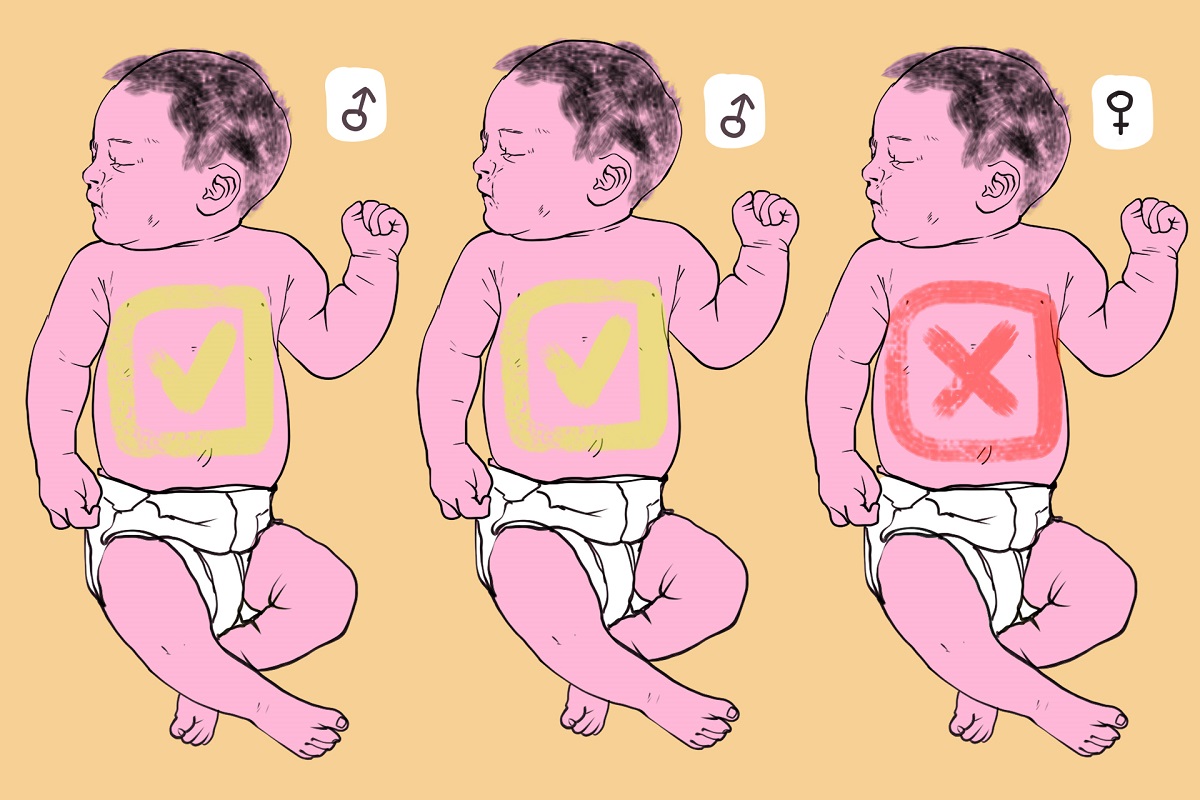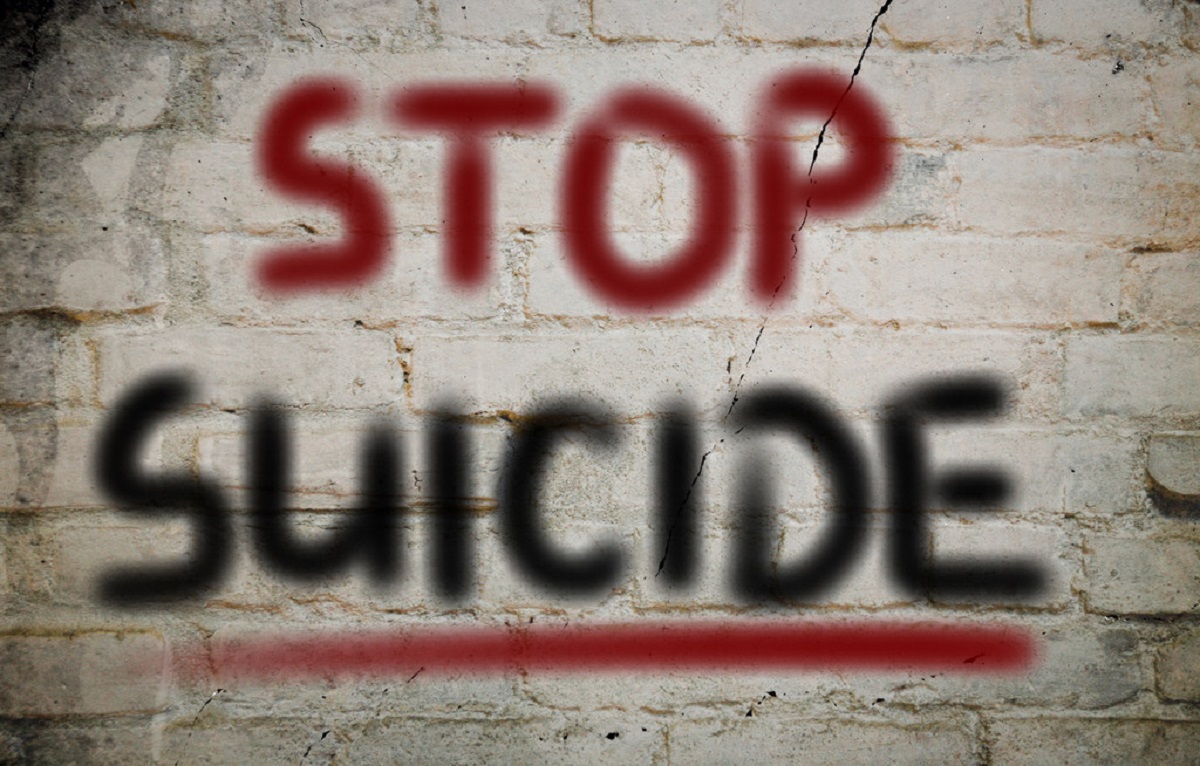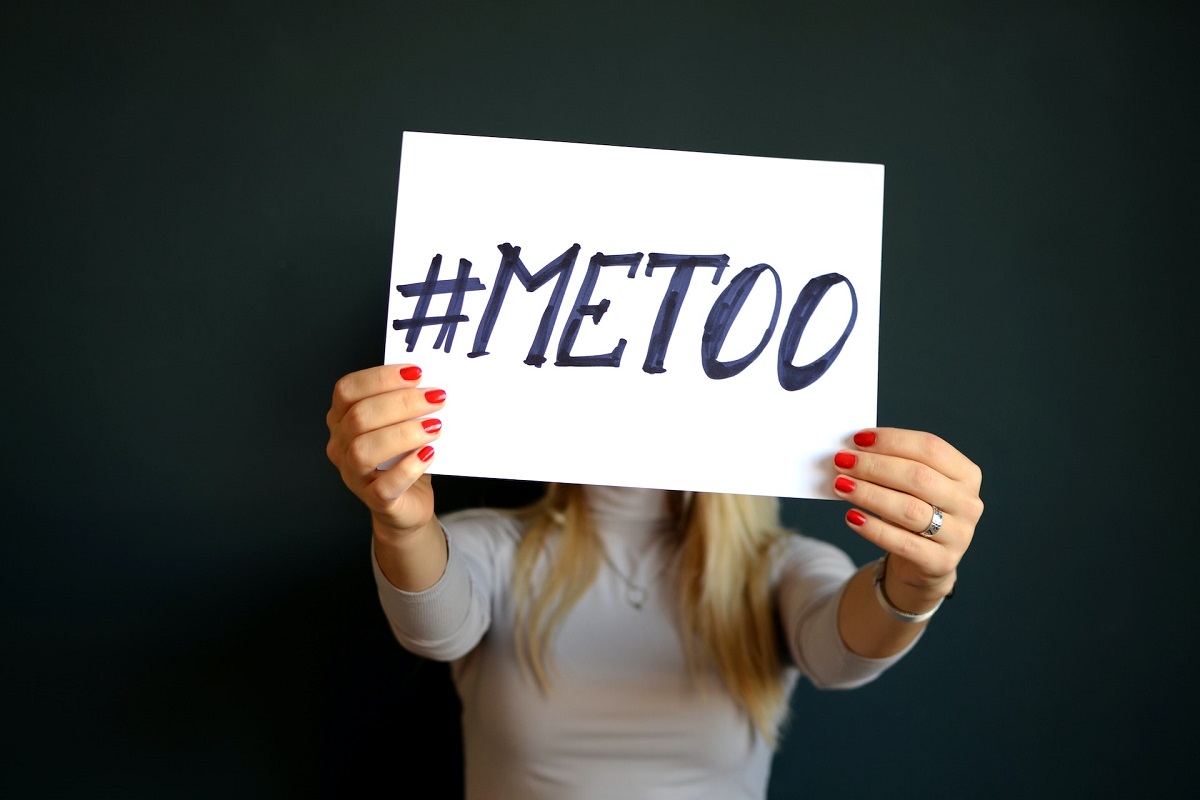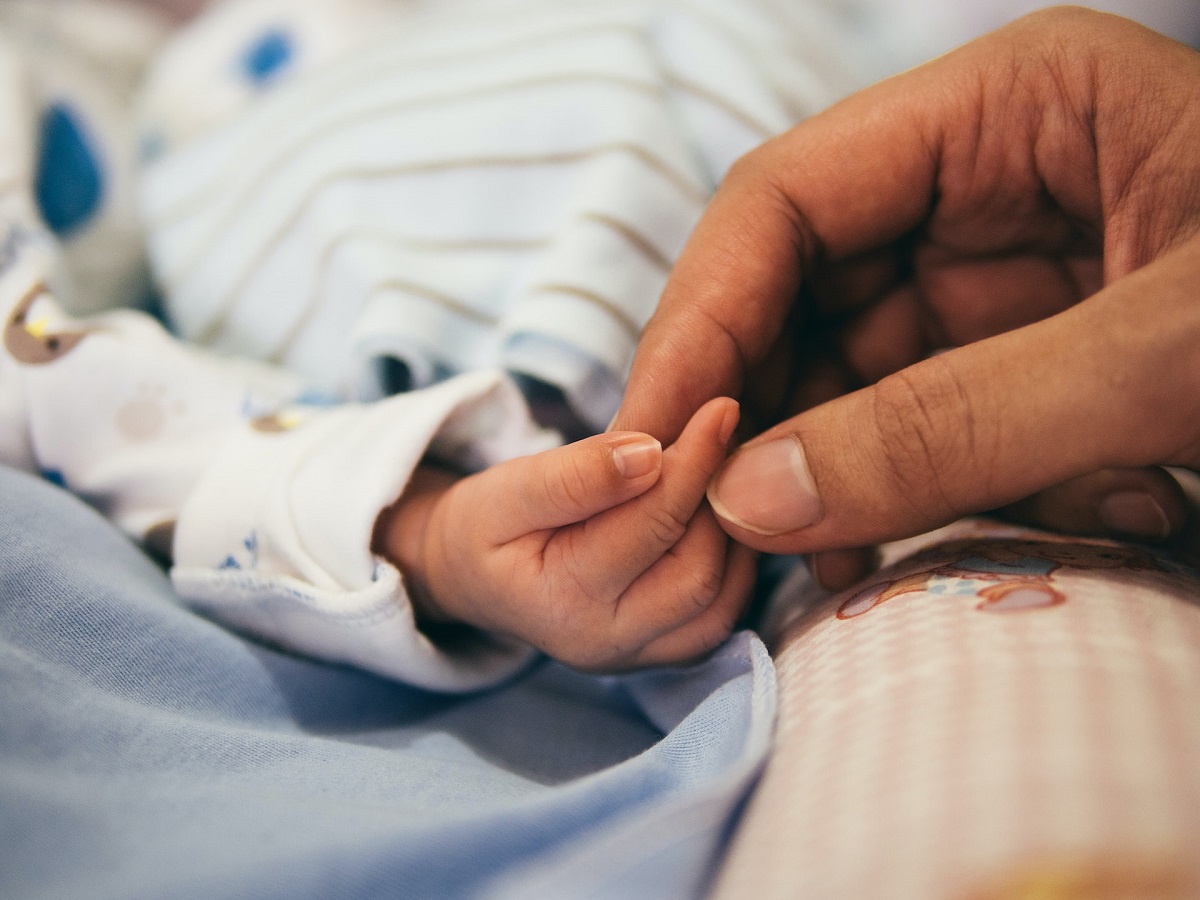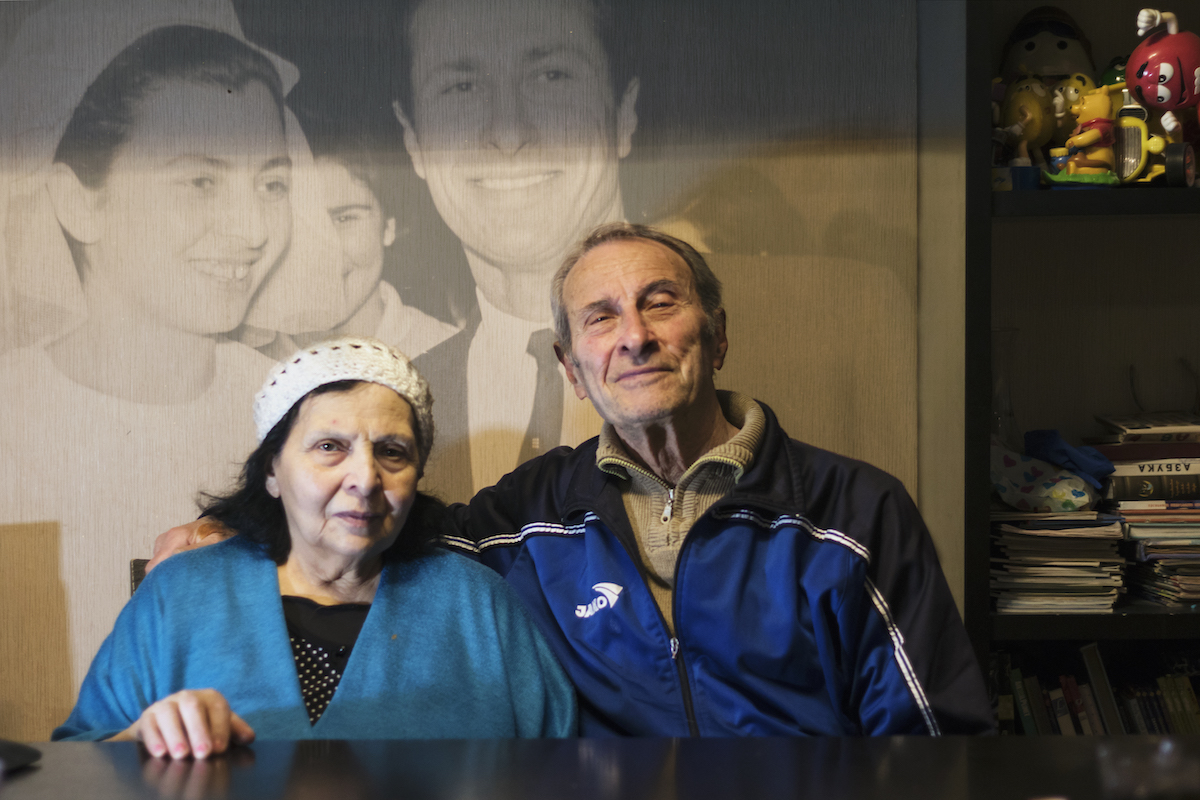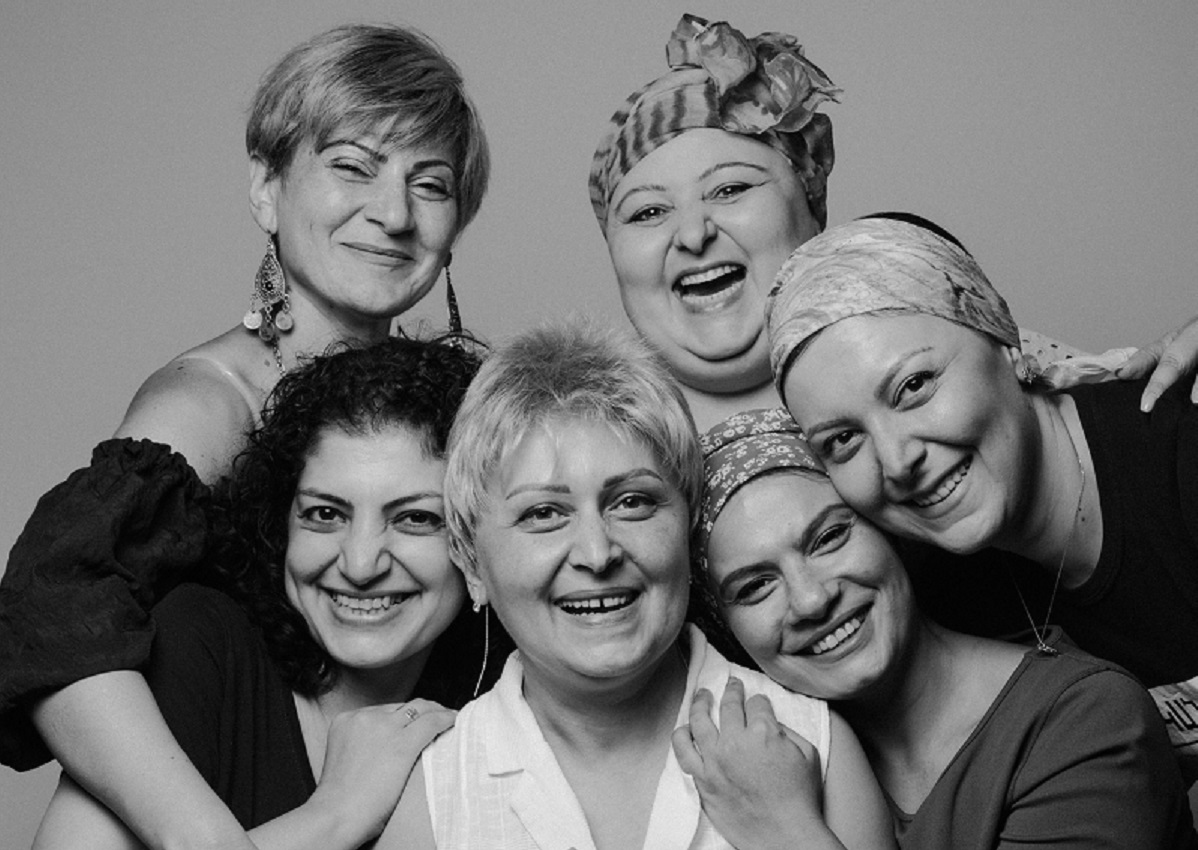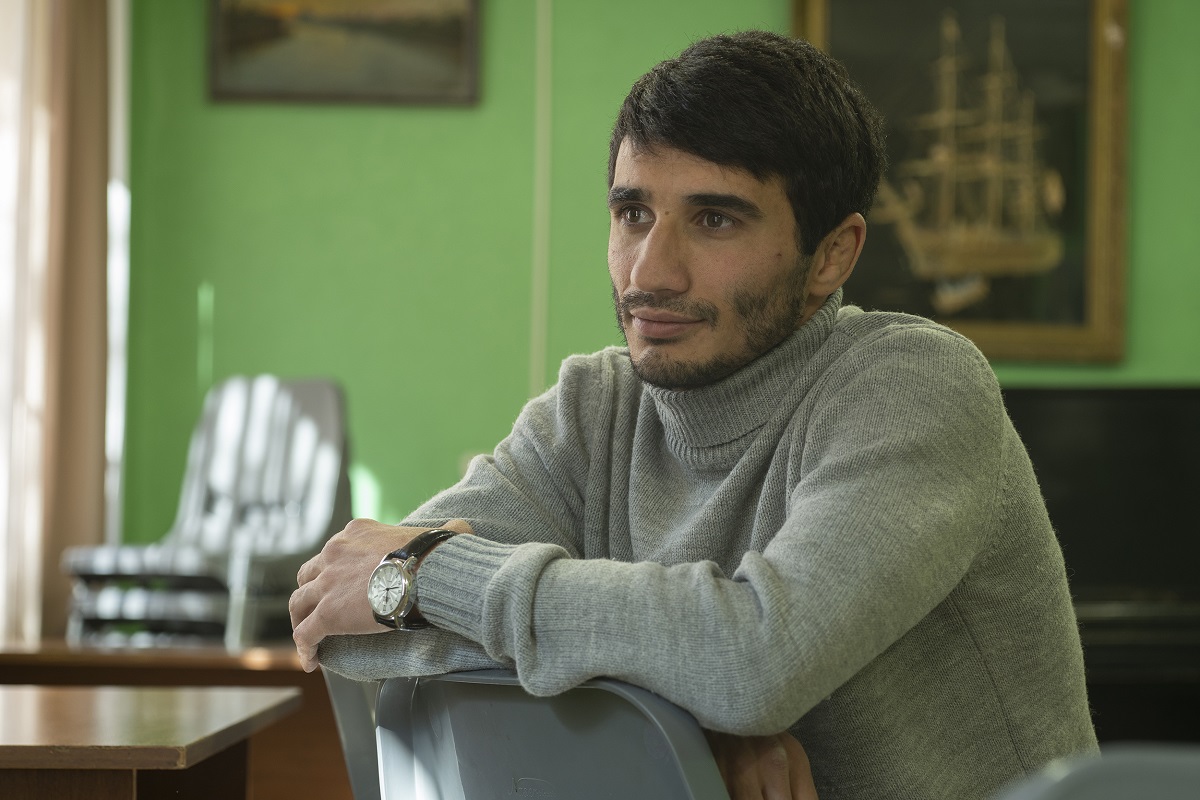How victims of domestic abuse in Yerevan receive help, revealed through personal stories
Stories of abused women
There are two shelters for survivors of domestic abuse in Yerevan. Very few people know where these shelters are located or even of their existence. Strict confidentiality is maintained to protect the shelters and their residents. Here they try to get back on their feet, overcome physical and mental trauma, and learn trades.
- Why have Armenian women started marrying foreigners more often? Stories of three families
- Karabakh people in Armenia: stories of people who fled their homes. Photos and videos
- More cases of elder abuse in Armenia
“I wouldn’t be alive right now”
25-year-old Narine (name changed) now lives in one of the shelters. She says why she came here:
“Unhealthy relationships and violence got to the point where my husband would tie me to a chair, turn on the electric saw and say he would saw off my legs. This would last for 15 minutes, and all this time I was terrified that I was about to lose my legs. I married very young, we lived in the countryside – me, my husband and child.
Sometimes he would give me a knife, put my foot on the baby’s head and tell me that if I didn’t cut myself, he would kill our baby. He constantly criticized my appearance, wanted to make me feel like I was nothing, once made me shave my head. Humiliated me with my own “hands”. I lived like that for about two years. I put up with it for the sake of the baby.
I guess you could say I was lucky that my parents came to visit, sensed something was wrong and took us out of there. After a while, I was able to go into that house with the police and get my stuff. I probably wouldn’t be alive now if my parents hadn’t picked us up that day.”
How the safety of shelters and their residents is ensured
Shelters for abused women have been created by the Women’s Support Center.
The head of the center’s public relations department, human rights activist Zara Hovhannisyan, says that when selecting employees, attention is paid to their trustworthiness:
“The fewer people who know their location, the safer it will be. Women living in shelters also vow not to disclose the location of the shelter, they sign a document. There was only one case of a leak, when a woman who left the shelter and returned to her husband told her where she had been for so long. The shelter moved to another location immediately afterward. Anonymity and security are the most important principles of our work. Even if parents call us and ask, “Do you have my daughter?” they are told: “If she is with us and wants to talk to you, she will contact you.”
Conditions in shelters
Twenty-four women and their children can stay at the same time. But if more women need shelter, they are not denied help.
“We find opportunities, we try to accommodate them. Of course, there are problems. The area of the shelters is small. We cannot open shelters in the regions, because it will be easier to determine their place and find women,” Zara Hovhannisyan explains.
She says that only since 2020 has the government begun to partially co-finance shelters:
“Until 2018, the state did not recognize the existence of domestic violence. There were only articles on beatings and sexual violence in the criminal code. In 2022, a new criminal code was adopted and penalties for domestic violence were increased. But until now, the criminal code does not have a separate corpus delicti that qualifies as ‘domestic violence'”.
Who is admitted to shelters and how
“Not all women who contact the center end up in shelters. A woman calls the 24-hour hotline, an employee of the center collects data and passes it to a social worker. The social worker establishes contact with her during the day, unless of course it is an urgent case. The course of the response depends on the urgency. If a woman is being abused right now and needs urgent help, we respond in a matter of minutes,” the human rights activist explains.
She recalls a similar case on New Year’s Eve, when it was necessary to come to the aid of a woman as soon as possible:
“The husband beat his wife, a nursing mother of a one-year-old child, with a poker. We brought her to us in a very serious condition. Until recently, she was still undergoing treatment because the injuries were so serious.”
The shelter offers relocation, but cannot insist
“Last year we had a case of femicide. A woman was killed who refused in writing to move to the shelter, noting that she did not see the need at the moment. There are cases where the woman returns to her husband after rehabilitation and the violence is repeated. We had a case where we took in the same woman eight times. There was a case where a woman moved into our shelter twice but then was killed by the same man.
They come back because the fear is too great. If the long process of rehabilitation in the center is not completed, interrupted, the woman decides to leave the shelter, nothing can be done. It’s her choice. Violent men are quite compulsive. In the honeymoon phase, they promise all the blessings of the world, assure that they will change, that violence will not happen again, that they love too much. However, experience shows that these promises eventually turn into violence with more serious consequences,” Hovhannisyan says.
How the police respond
60-year-old Sona (name changed) had been abused for 30 years. She recounts that she tried to leave home twice:
“The police made me realize that I was doing badly. I asked for asylum, for a way out. And the policeman said: “You want me to provide you with a house, and from whom should I ask for shelter?”
Hovhannisyan confirms that police sometimes display an unprofessional attitude toward the situation and the victim, making excuses for the man:
“The government has recognized domestic violence as a problem, legislation has already been adopted to prevent it. Previously, when going to the police, if there was no physical violence, the police did not have any tools to counteract the abuser. Now there are legislative measures to prevent domestic violence, in which the police carry out prevention – to avoid severe consequences.
When women are subjected to violence, they may not be able to break off the relationship for a long time because of public opinion and stereotypes. Often a woman tells her relatives about her situation, but they say, for example, “He is your husband. What should he do? He has to control your means, it’s normal.” In such a case, it is less likely that the woman will receive support and not be blamed if the relationship breaks down. The same problem in the police, where women face stereotypical attitudes.”
“The characters of abusers are very similar”
Marineh Aghumyan, one of the psychologists working with women in the shelter, says that they only fully realize what happened to them once they are safe:
“In the shelter, Narine had nightmares for a long time, she was in a difficult psychological state. The subtlety of such situations is that during violence women do not realize what is happening – the brain is mainly working on survival. Our task is not only to rehabilitate the abused woman, but also to bring her to a state where she will no longer allow herself to be treated in such a way.”
According to the psychologist, the cases of violence are very similar:
“Almost identical scenario in all cases. The characters of the abusers are also very similar. Sometimes it seems that the patients are talking about the same person. They have common traits. They are suspicious, which is often interpreted: “He loves me, so he’s jealous.” They show extreme preoccupation, do not let the woman work, be financially independent. They want to dominate, use any means to do so. Also, almost all abusers try to humiliate the victim, bring her self-esteem down to zero, make her believe it’s her fault that the man treats her this way. The sad thing is that a lot of this may be perceived as normal in our society, but these are the characteristics of an abuser.”
Child factor
The psychologist says abusers often use children as a tool of violence against a woman even after a breakup.
“I left my 10-year-old at home and walked out. We were married for 10 years, nine of which I was abused. No one thought my husband could be an abuser. Everyone said, “He treats you well, you don’t need anything. What else do you need?” I grew up in an abuser’s family. You could say I ran away from my father’s abuse, got married, and the abuse happened again.
Now I’m trying to do everything I can to stabilize my financial situation and be able to take my child in. I had nowhere to go, I had a child, and I was threatened that I would never see my child again,” says 32-year-old Lusine (name changed).
Zara Hovhannisyan believes that the problem of children is the most difficult one. Often women somehow manage to escape from the abuser, and the children stay at home or go to school. And reuniting them with their mother can be very difficult:
“That’s why we always recommend that as soon as a woman feels threatened, she call the hotline. This is to develop a safety plan before taking any action. Without professional support, a woman acts impulsively and may not know until the last moment how best to leave the house, how to organize everything, what things to take with her. A safety plan helps the woman to act coolly. The children are then in a less vulnerable situation.
We support the woman’s decision to move into the shelter with her children. Because her rehabilitation cannot be complete when all her thoughts are occupied with the children left with the abuser.”
According to the human rights activist, fathers often turn children against mothers:
“There were cases when the mother got custody, but we couldn’t take the child away for years. He was set against her, saying hurtful words, spitting. Even when the mother came to school just to see her. Unfortunately, the fact that the father is abusive to the mother is not a factor in the child wanting to leave that environment. The mother can only remove him through the courts.
We intend to get legislative amendments so that a child is recognized as a victim of abuse, even if he is only an eyewitness. If we manage to provide psychological and legal assistance to the mother, the child is left there alone. He does not receive any help, including psychological help. Only in court they can conduct an expert examination to understand whether he is afraid of his father or not.”
How long can a woman stay in a shelter
“The length of stay in the shelter is determined by the dynamics of the rehabilitation process. If a woman is still at the stage of legal proceedings, her husband continues to persecute, the risks are considered as high. And she can stay in the shelter even for a year. There is no maximum term, but it is preferable to move the woman to another safe place after three months, so that she would be in a calmer environment. After all, the shelter has its own rules.
For example, you can’t use your own cell phone, because it can be used to locate the shelter, but only on a shelter worker’s phone that meets safety standards. These rules are problematic for children. If they are in school, the educational institution or the method of education is changed urgently, so that the father cannot track the children and understand where they are,” Hovhannisyan says.
According to her, in the last year, younger women have approached them:
“For quite a long time, women between 30 and 40 years old have been coming to us, and after 10 years of abuse. Over the last year we have noticed a younger trend. This is a victory for us. Because it shows that women are informed, that they want to prevent violence against themselves at an earlier stage.”
Follow us – Twitter | Facebook | Instagram
Stories of abused women










